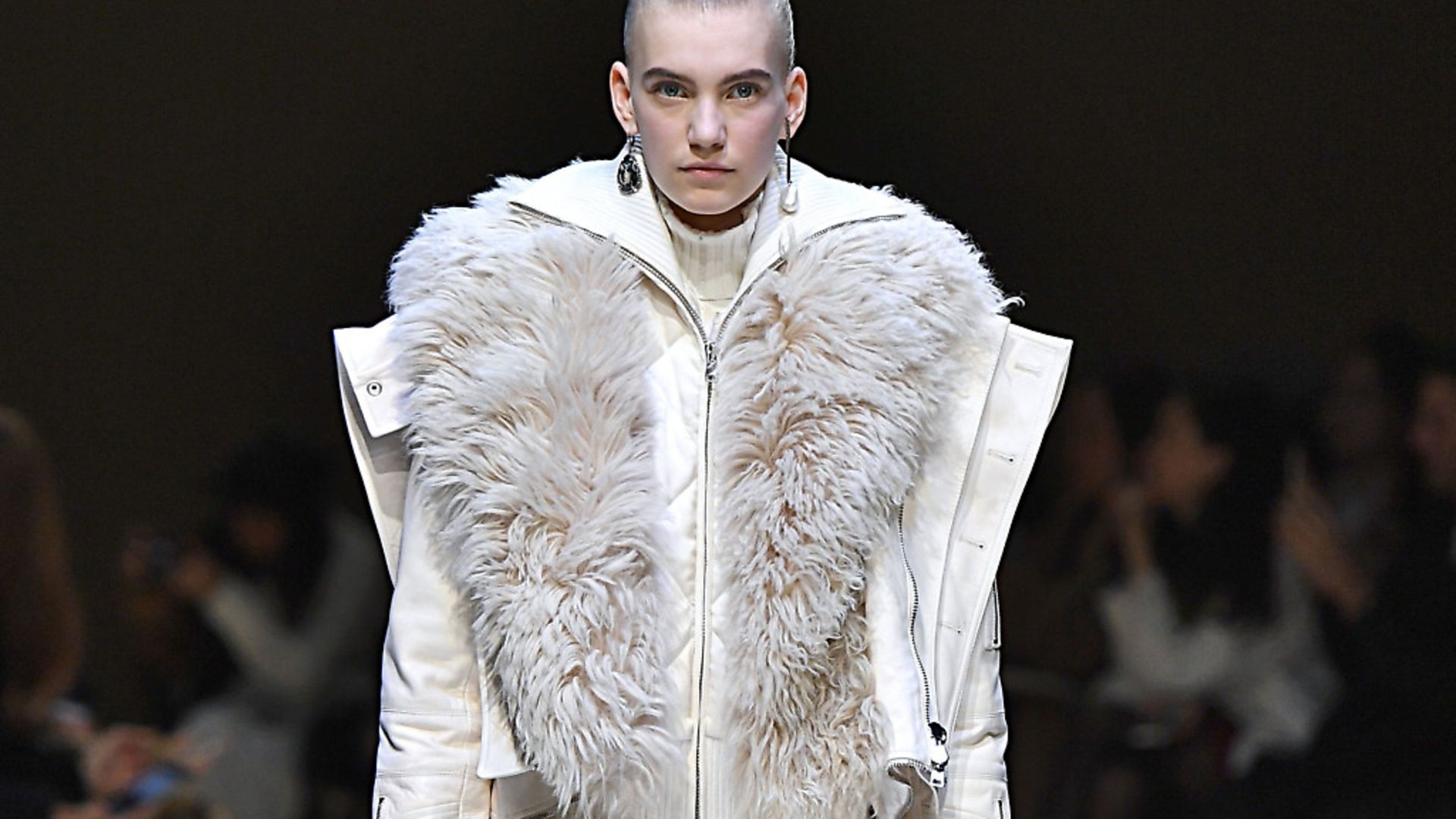
The UK’s fashion sector says it needs the single market to flourish… JAMES BALL warns Brexit will damage a truly modern industry
When we talk about Brexit and its potential costs, or its potential benefits, all too often we end up talking about cars or fish.
When we warn about the dangers of hard Brexit, we worry about losing our car manufacturing industry. When we hear about benefits we’re told about getting our fishing waters back.
But while both sectors are important, they’re hardly the whole economy – and both herald backwards, almost nostalgically, to a bygone Britain. They’re old-fashioned industries, male-dominated, from an era when manufacturing was the primary, if not the only, driver of UK growth.
That’s not the world we live in today, as shown from a little-noticed report from the Fashion Roundtable, a coalition of fashion industry leaders who have commissioned research and held events from people working across the sector.
Fashion serves as a real example for what a modern UK industry looks like: it spans design, to research, to marketing, to events and publishing. And significantly, it includes retail, to sell the clothes, and manufacturing – as we still make plenty here.
Depending how you measure it, the fashion sector contributes as much as 15 times more to the UK economy than fishing, with the sector contributing around £29.7 billion to GDP, with high fashion alone contributing £3.5 billion.
Around 880,000 people are employed in roles directly connected to fashion, and the sector is growing far faster than the rest of the UK economy.
Fashion is a British success story, and one that its leaders insist is going to be put in significant danger by Brexit. And yet, as one participant in a focus group put it, ‘Game of Thrones has been discussed more in the House of Parliament chambers than fashion, since the referendum’.
Fashion as a sector highlights the realities of a modern industry: it’s not just about making things, it’s marketing and advertising them, it’s the shows and the selling – and it’s all international. Designers, photographers and especially models all work internationally and need to be able to travel and work overseas without friction.
Some fashion brands are headquartered in Britain, and their garments designed in Britain, but their clothes made overseas.
Even for those who make their clothes here, 75% of materials are imported – there is not much cotton grown in the UK, strangely enough.
Fashion has one of the fastest supply chains in the world, and delays could prove damaging.
The report sets out a case study of a shirt. First, it is designed in London by a Scandanavian designer, using a pattern designer in Lithuania.
It gets manufactured in Portugal, using components from Italy, Turkey and India.
Then it gets photographed in London, before being showcased to international buyers at showing in Paris – then finally is sold in London, to locals and tourists alike.
This is what a modern industry looks like, so it’s not surprising the people at the top of it have some very clear expectations of what they want from Brexit.
Frankly, most of them would prefer not to have Brexit at all: 96% would vote Remain in a second referendum and 80% think leaving the single market would be bad for the UK economy – not surprising, given 50% trade with or are partnered with an EU business.
And despite the size and success of the sector, 94% feel under-represented in UK politics.
Economic analysis backs up the survey data: the group forecasts that the softest Brexit could see fashion’s contribution to GDP increase by 25% over time, while the hardest Brexit – which they say could boost UK fashion manufacturing – would still shrink the sector by up to 35%.
This is the challenge for sensible voices on Brexit, whether in industry, politics, the media, or in campaigning and signing petitions.
When we look at the sectors which really make up the modern economy, and how they work, we see they generate skilled jobs, but rely on people and goods crossing borders at speed without barriers.
That’s the way British jobs will be created in future – not by creating fortress Britain, nor by pretending the country still relies on only fishing and manufacturing, some vision of a parochial Britain that never really existed.
Instead, too often, we’re left just talking about ‘damaging the economy’ or talking about damage to the City of London, as if bankers and people living in the capital are groups to who the UK are particularly well-disposed.
The fashion sector is telling a story about how it could help support more skilled UK jobs, generate more wealth (and so tax revenue) for the UK government, and how it could help spread these benefits across the country – and how it needs the single market to do so.
These arguments are being made, and being made sharply and clearly – it is a shame that far too few politicians are ready to listen to them.
We should all, right now, be dedicated followers of fashion.









